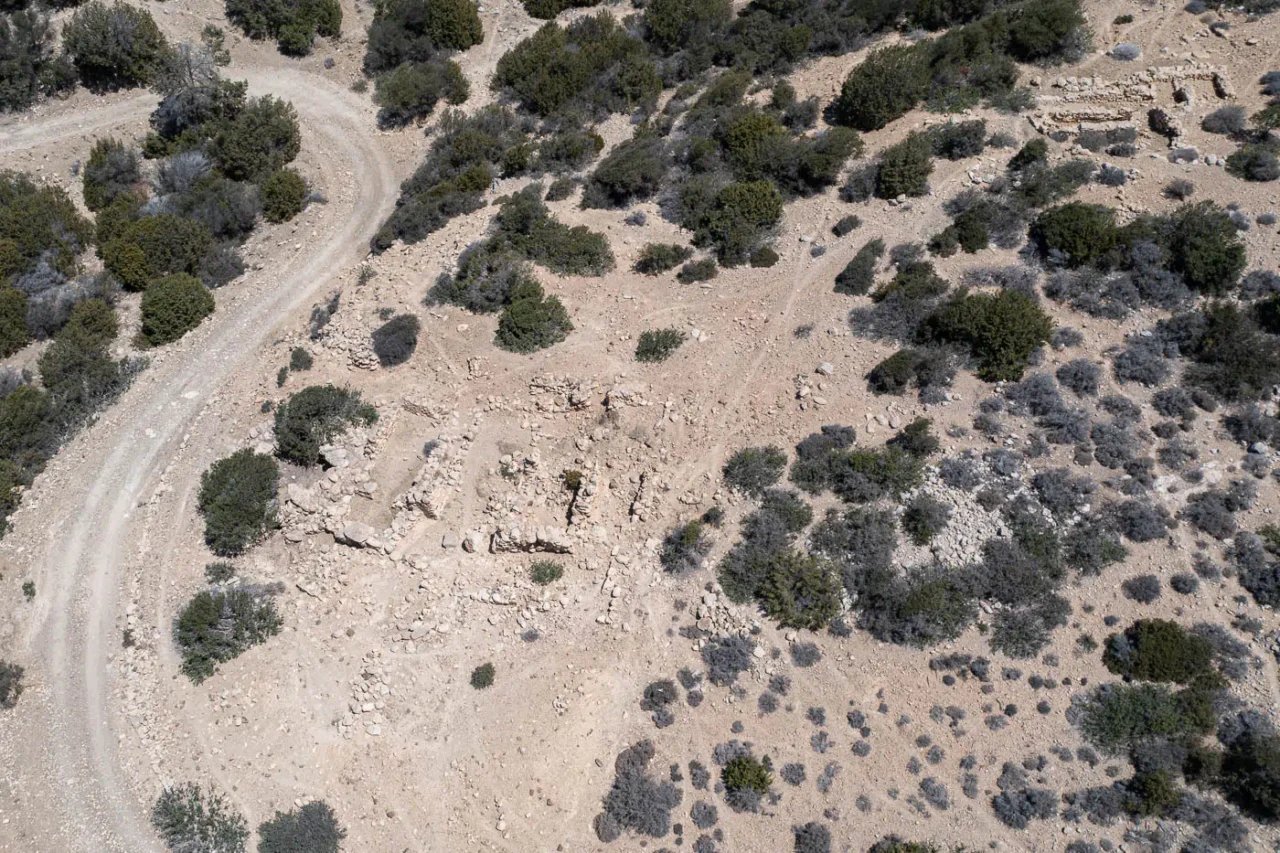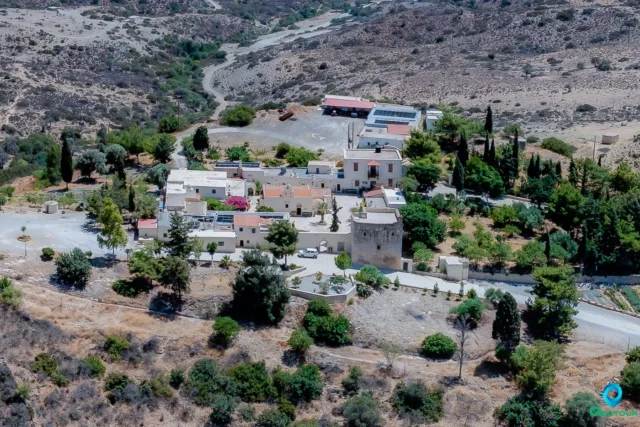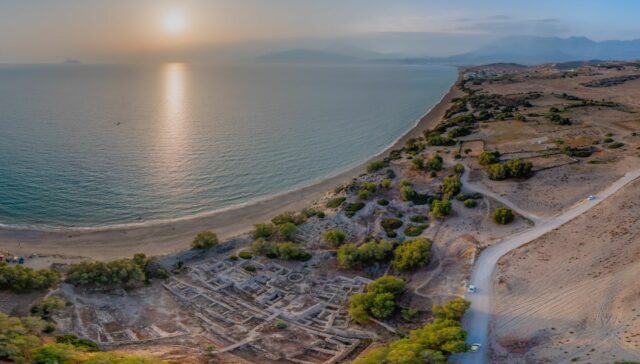


Skaniari Lakkos: A Minoan Cemetery Complex in the Asterousia Mountains
Located in the rugged Asterousia Mountains of southern Crete, Skaniari Lakkos is a significant archaeological site that offers valuable insights into Minoan burial practices and social organization during the Bronze Age. Situated in a remote and isolated setting, this cemetery complex consists of five distinct burial structures, each containing multiple chambers and showcasing a variety of architectural styles.
The Skaniari Lakkos cemetery complex is believed to have been in use from the Final Neolithic period (c. 3500 BC) to the Middle Minoan IB period (c. 1900 BC), spanning over a millennium of Minoan history. The site’s longevity and the diverse range of burial structures found within it suggest that it served as a central burial ground for a local community or a cluster of settlements in the surrounding region.
The five burial structures at Skaniari Lakkos include two tholos tombs, characterized by their circular shape and corbelled roofs, and three rectangular buildings with multiple chambers. The tholos tombs, which are among the largest and best-preserved in the Asterousia region, feature impressive entrances with trilithon doorways and elaborate facades. The rectangular buildings, while less monumental than the tholos tombs, exhibit intricate architectural details and offer valuable clues about Minoan funerary architecture and ritual practices.
The Skaniari Lakkos cemetery complex is not an isolated site but is part of a broader network of Minoan settlements and burial sites in the Asterousia region. Nearby sites, such as the settlements of Trypiti and Doukiania, and the tholos tombs of Kefali and Moni Odigitria, provide a rich archaeological context for understanding the social, economic, and cultural dynamics of this region during the Bronze Age.
The excavation of Skaniari Lakkos has yielded a wealth of artifacts, including pottery vessels of various shapes and styles, stone tools, jewelry, and seals. These artifacts provide valuable information about Minoan material culture, artistic expression, and trade networks. The presence of imported goods, such as obsidian from Melos and scarabs from Egypt, suggests that the local community had connections with other regions in the Aegean and beyond.
The Skaniari Lakkos cemetery complex is a testament to the Minoans’ reverence for their ancestors and their elaborate burial practices. The site’s remote location and the monumental nature of the burial structures underscore the importance of death and the afterlife in Minoan society. The diversity of burial architecture and the rich assemblage of artifacts found within the tombs provide a unique window into the social organization, economic activities, and cultural beliefs of a Bronze Age community in the Asterousia Mountains.
Construction Period: Final Neolithic to Middle Minoan IB (c. 3500-1900 BC)
Location: Low hill in Asterousia Mountains, near Kephali, Crete
Dimensions: Five burial structures, including two tholos tombs and three rectangular buildings
Historical Significance: Provides evidence of Minoan burial practices, social organization, and trade networks
Current Status: Archaeological site
References
- Andonis Vasilakis & Kostas Sbonias, ‘Comparative Issues in archaeological field survey in the Asterousia region’, in M Relaki & Y. Papadatos (eds) From the Foundations to the Legacy of Minoan Archaeology, Sheffield Studies in Aegean Archaeology, Oxbow Books, Oxford 2018, pp. 275-290.
- Andonis Vasilakis, Η ΜΙΝΩΙΚΗ ΕΠΟΧΗ ΣΤΑ ΑΣΤΕΡΟΥΣΙΑ. ΣΥΜΠΕΡΑΣΜΑΤΑ ΑΠΟ ΤΙΣ ΑΡΧΑΙΟΛΟΓΙΚΕΣ ΕΡΕΥΝΕΣ 120 ΧΡΟΝΩΝ (1894 – 2016)
Access
The last part of the road is in bad condition and a four-wheel drive car is recommended.
































There are no comments yet.